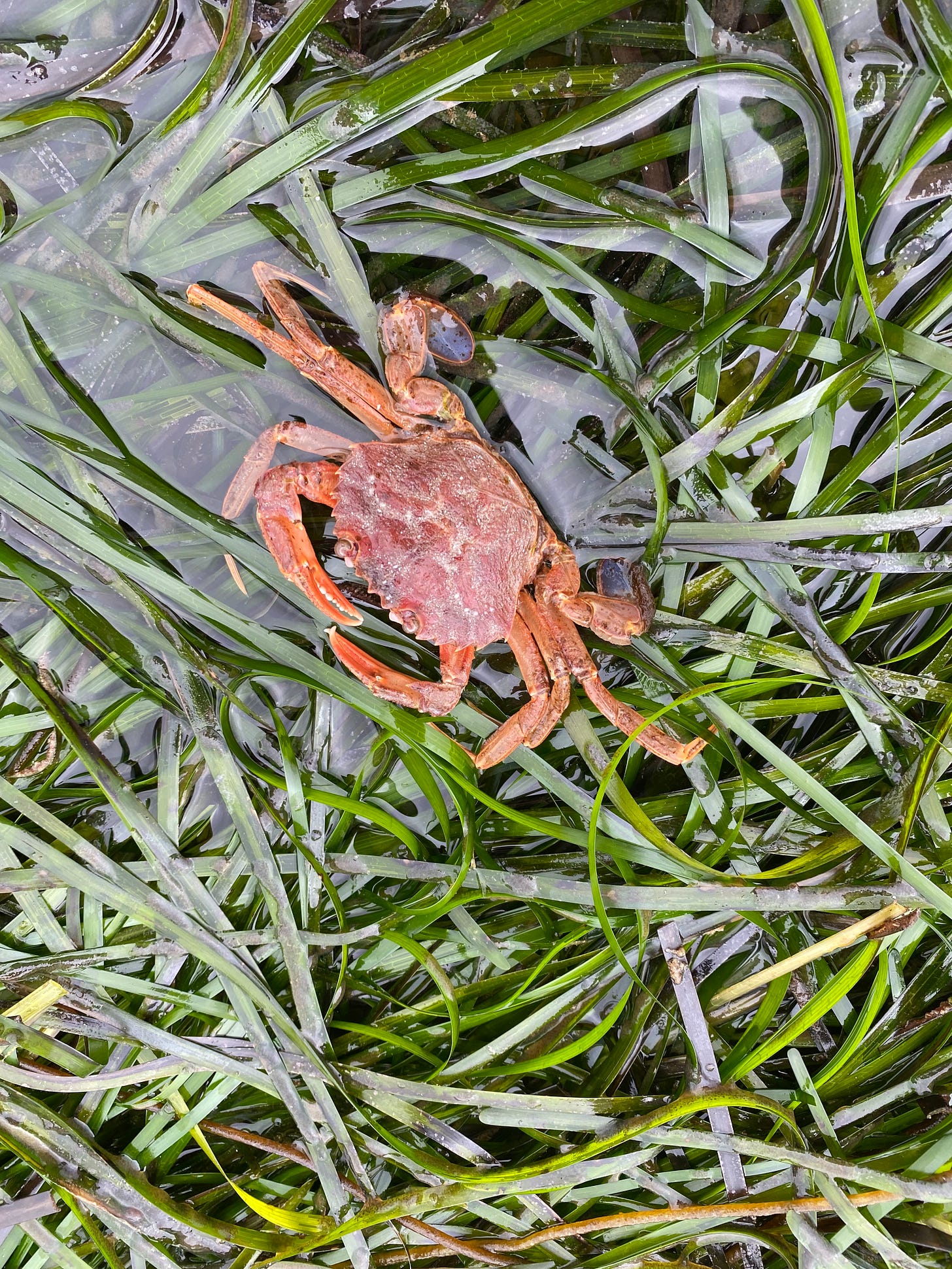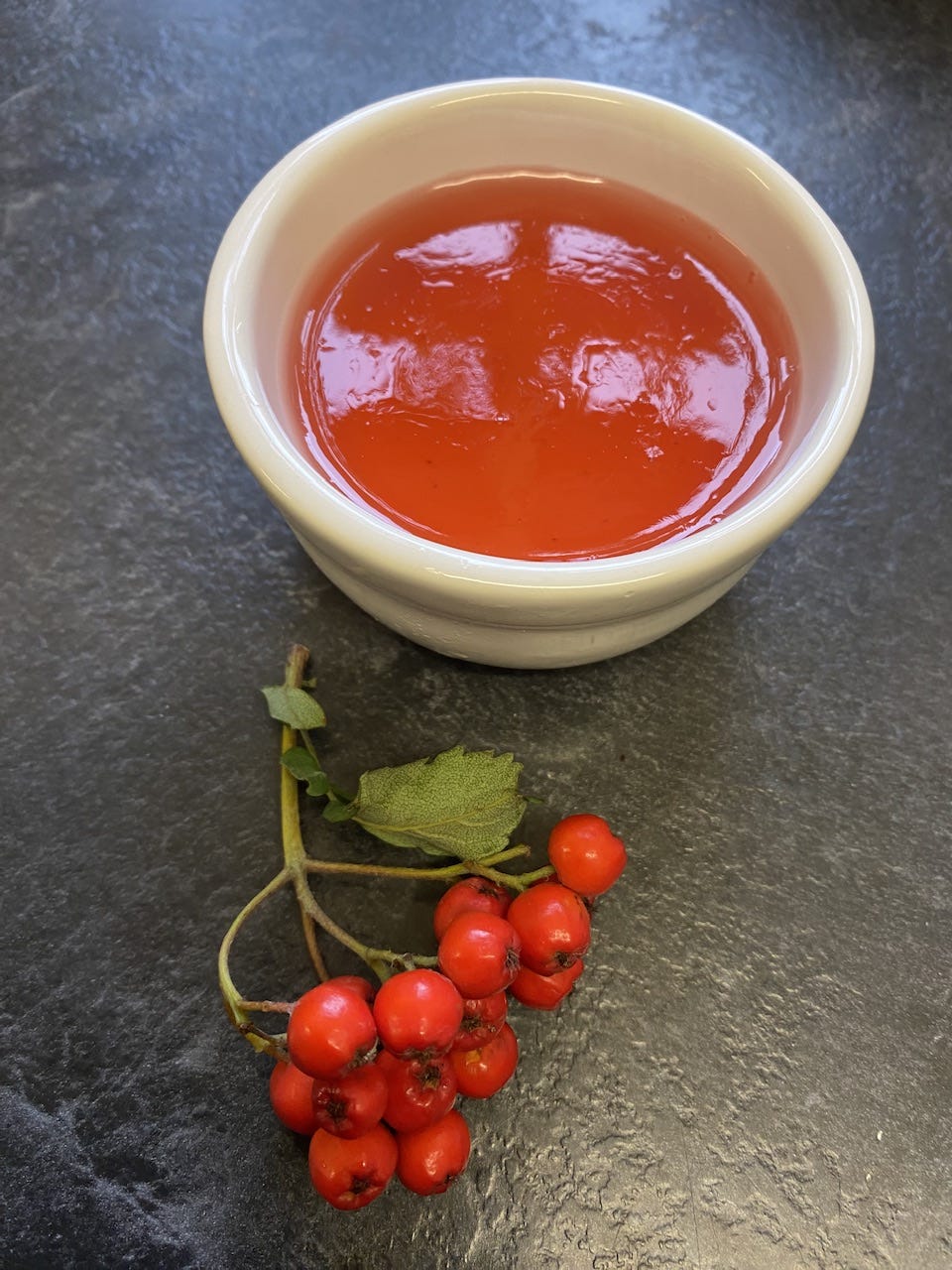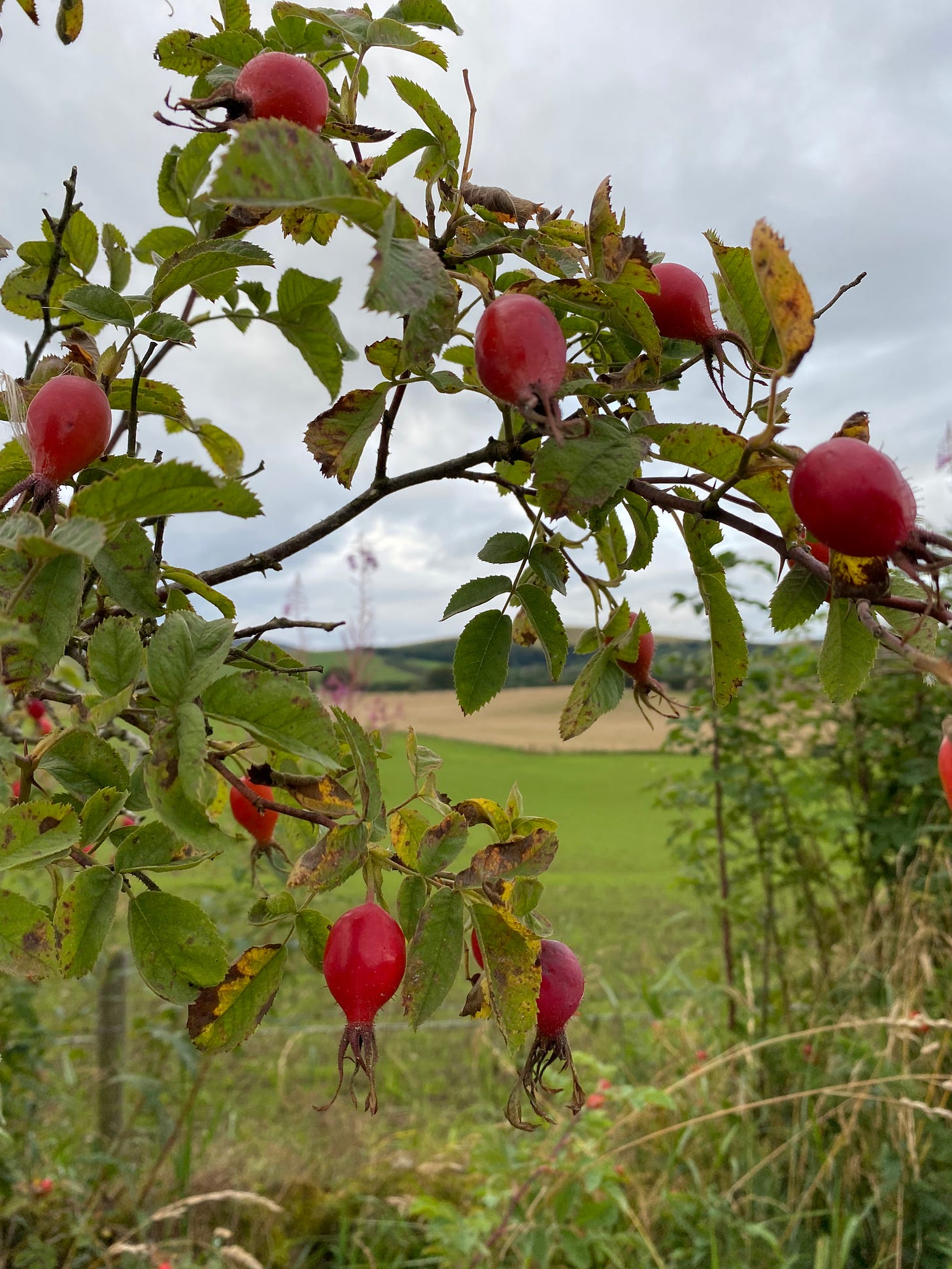September 1st is the start of the Byzantine year. The Orthodox Church associates the new ecclesiastical year with the harvesting of crops. A time of thanksgiving for good weather and a bountiful harvest. It is now marked by prayers for the environment (Patriarch Demetrios Archbishop of Constantinople and New Rome issued an encyclical on the environment in 1989). The Church of Constantinople continues to be renowned for its ecological initiatives which have contributed to inter-Christian discussion on nature and early involvement of Parliamentarians and researchers in the protection of the environment.Ecological problems are a modern sin. Climate change disproportionately affects the poor. This inequality has economic implications - poorer countries are more dependent on natural ecosystems; agriculture and aquaculture. A campaign for social justice goes hand in hand with that of ecological justice.
The American anthropologist Sidney Mintz, in his book Sweetness and Power, considers one food item: sugar, and the changes in our eating habits of it. He also notes that West Indian plantations were built upon African slavery. He links the sweetness of food to historical imperialism, indeed placing sugar at the heart of Modern History. Why did a British generation have teeth removed as a twenty first birthday present? Sugar, once a luxury item, is now a staple modern ingredient, ironically of the poorer diet.
Celebrating Christian feasts and traditions throughout the year gives opportunity for sharing - a feast doesn’t need to be overly rich or sweet. However, as a result of the Protestant revolt (Reformation) Saints’ days are fewer, and scattered throughout the year so when there is one, perhaps we should see it as an opportunity for sharing rather than one of gluttony or backward looking feasting. Historically feasting often required long preparation and the input of servants. If a feast is a day of joy, cooking should not be a burden or an ostentatious strive for status.
Planning a menu that is nutritionally sound is, if poverty is put to one aside, becoming main stream. We are aware that diet and health are closely linked, but what of ecological soundness. The supermarket label doesn’t note food miles or empower the shopper to make better choices in terms of a food’s environmental impact. One food’s carbon footprint poster is already out there – Eat or Buy Local. This makes good sense with regard to transport of food, but the greater Green House Gas Emission is from food production (18%) rather than motor transport (13%). This has led to an argument for eating more plant based food. Animal foods tend to have a higher food carbon footprint than plant based foods. Biblically the pig is considered unclean (Lev 11: 4-7 & Deut 14: 7-8) but even clean animals had to to be slaughtered appropriately. The reason being that animals, unlike fish and birds, share the earth with humans. However the unclean pig, unlike ruminant livestock, can live in harmony with nature - in woodland.A ban on eating pork may well encourage deforestation and the creation of grazing land for alternative ‘clean livestock’. Indeed, a case could be made for eating more pork because pigs are excellent ‘eater uppers’ or food recyclers. Geography is of course important because there are some areas where apple trees and crops won’t grow. I cite the Outer Hebrides. Sheep and deer survive well on bog and moorland and some, eat seaweed too. There is a complicated range of factors to consider before making blanket regulation with regard to the consumption of meat. Christian tradition already indicates that the eating of meat is problematic.
Traditional seasonal abstinence (Lent and Advent) fostered a sense of waiting for celebration of important events. Medieval abstinence both secular and by members of religious orders (who followed a higher level of abstinence), is useful in considering an environmental justification for consumption of particular foods. Interestingly, Henry V111 prohibited the eating of red meat and poultry not only throughout Lent but also on Sundays - on pain of fine or imprisonment. In addition, Fridays (remembering Christ’s trial and crucifixion), Saturdays (brought to mind Christ’s time in the tomb) and Wednesday (acknowledging the betrayal of Christ by Judas) were meatless until 1563. Abstinence was a physical process that put the Christian in touch with Christ’s suffering. The final Lenten fasting proclamations were made in 1664 in England and 1665 in Scotland. Abstinence has been abolished as a nationwide Christian phenomenon, but it made good sense at a time when meat was seasonally scarce. Culling animals in early spring did not make ecological sense. The eating of fish has with the exception of shellfish (Lev:11 9-12 Deut:14 9-10) not been prohibited by Christians. However, with the advent of global warming and all its implications, perhaps there should be a ceiling on fish consumption too. The urge to avoid certain foods for ecological reasons is quite different to the medieval ritual abstinence, but dietary reform is on the agenda and there is a Christian tradition to build upon. Some elementary food rules may enable finite resources to be protected and used more efficiently. Is it the duty of the Christian to eat less meat?
Offering of food to fairies is a survivor from Pagan times. Food sacrifice, important in Modern Fairy Faith, is discussed by W.Y. Evans Wentz in his book The Fairy Faith in Celtic Countries. Folklore suggests that if a human enters the world of the fairies and eats fairy food he/she will be transformed and will be unable to re-enter the living world. Accepting fairy hospitality may have potentially fatal consequences – you are (or become in this case) what you eat. Sharing food is seen as a welcoming gesture but in Fairyland food is a taboo subject. In the underworld, Hades said, ‘Persephone can only leave if she hasn’t eaten any of the food that I’ve given her.’ - Persephone had eaten pomegranate seeds - she was trapped.
Early September is a good time to make wild jellies to squirrel away for later use. Windfall and small cooking apples are useful because they increase pectin levels - setting ability. My waste-not-want-not mentality gains satisfaction from using up green windfall and tiny apples that would be laborious to peel for a crumble. A quick wash and chop, and the apples are ready to go. Any edible berry works: rosehip, rowan, hawthorn and crab-apples too, if you can find them. Crab apples make a magnificent pink jelly. Don’t cut crab apples in half unless you are worried about decay. During the second world war when the import of citrus fruits was blocked, rosehips were gathered and made into syrup as part of the war effort. This was because the berries are stacked with Vitamin C which is good for skin tissue and boosts the immune system. (Useful input courtesy of the doctor on South Uist). A wild food forager will appreciate a ‘mast’ season but is also content with a small gathering too. It’s important to leave wild food for wild life – remember that birds distribute seeds for future plant life. The universal message is, as ever, don’t be greedy.
Add spices: cloves, star anise and / or cinnamon to the rolling boil for additional flavour. Some recipes for rosehip jelly blitz the top and tailed berries in a food processor. I miss this step and my jelly sets but I’m tempted to try this one day. Rosehips (as other fruits) soften after the first frost. This will quicken cooking time, but the risk here is that birds may forage their share before you. The tiny hairs inside rosehips are annoying unless you want to make itching powder. In Scotland rosehips are called itchy coos for this very reason.
The rosehip and apple recipe adapts well to rowans, although rowans are tart so you may like to omit the lemon from the recipe. Historically the rowan tree is known as Mountain Ash which sounds almost magical; it was valued for protection against witchcraft. Cattle were driven through sheilings by a herdsmen waving a rowan branch. Rowan branches were also involved in rescues from fairyland….
Rosehip and Apple Jelly – delicious with pork or game
500g rosehip top and tailed
500g cooking apples, rinsed and quartered
Juice of a small lemon
Granulated sugar
Pop the berries and lemon juice into a pan. Cover with water.
Bring to the boil and simmer for twenty minutes and then add the apples. Check the water level and add to cover fruit, if necessary.
Return the pan to the boil and simmer until the fruit is pulp.
Allow to cool slighly and then pour into a jelly bag and leave to drain overnight.
Do not be tempted to push the juice through the bag or the jelly will cloud.
Measure the juice into a preserving pan. Bring to the boil
For each pint of juice add one lb of sugar (or metric equivalent). When the sugar has dissolved, boil vigorously until setting point is reached (c12-15 minutes). Test the set of the jelly on a cold saucer.
Pot the jelly in clean, warm jars. Seal and label. Store in a cool, dark place.










Oh thanks for the reminder of Rosehips and for the jelly recipe. One for the pantry I think x
Nice one Fiona! Seasonal celebrations - just saying - are not only for those with servants (as I'm sure you know!) but are/were an opportunity for families, neighbours etc, to get together for the small repetitive tasks - pipping raisins, rolling dumplings, skinning almonds - festive dishes often require. Rowan trees are laden with berries in central London this year - must get out there with basket and stripping fork.....